At the newest stall in Bangsar’s Kopitiam Chun Heong, ‘bak kut teh’ from a chef paying 'homage to growing up in Klang'
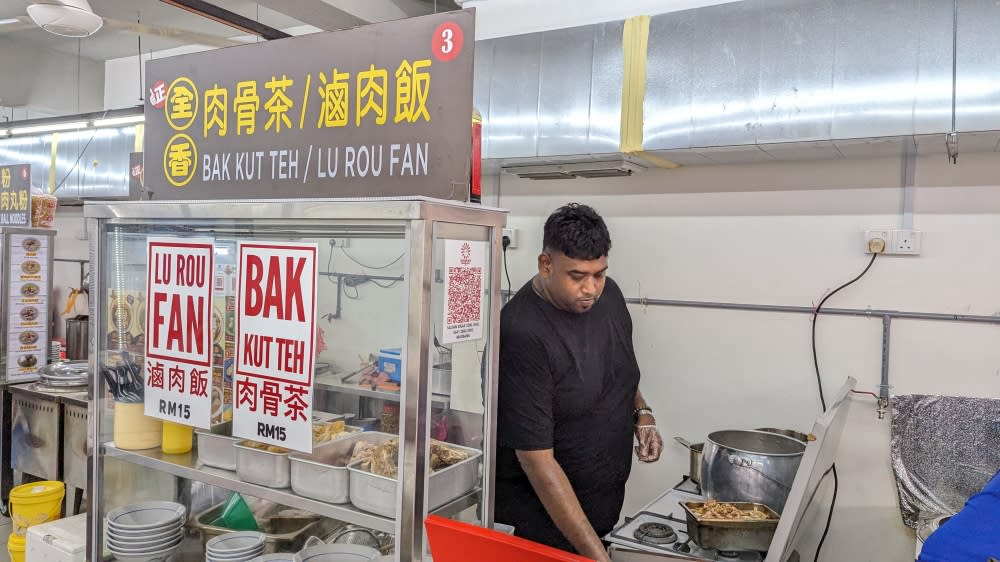
KUALA LUMPUR, May 14 — "A lot of people walk in, see my stall, see me and immediately do a double take.”
While Chef Logan Terence Lopez certainly cuts an imposing figure, my bet is the general surprise has more to do with his latest venture than his silhouette.
Across the street from Wurst, where Lopez’s proficiency in classic European fare with an emphasis on meat and artisan sausages is on full display, he has opened a stall selling bak kut teh and lu rou fan in Kopitiam Chun Heong, Lucky Garden.
Why bak kut teh? Lopez grew up in Klang and says Teluk Pulai Bak Kut Teh is his favourite.
"Everyone wants to specialise in other cuisines, but sometimes you realise the OGs are right in front of you,” he says. He spent weeks diligently tasting bak kut teh from all over Klang as research before settling on his recipe.
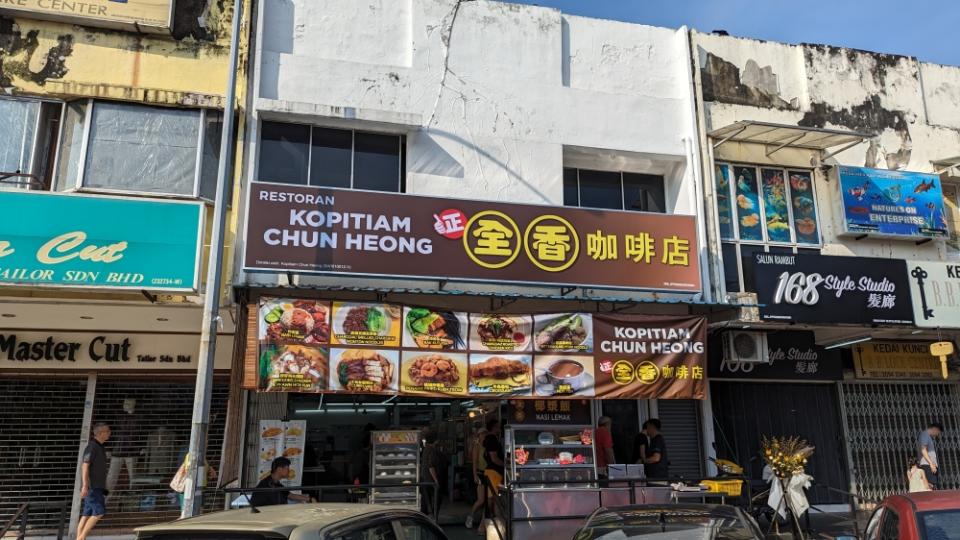
It’s located in a new extension of Kopitiam Chun Heong that’s located directly behind on Lorong Ara Kiri.
"Each shop has their own character; I’m not competing with them, more like an homage to growing up in Klang.”
There are only two offerings, both of which come in a standard portion at RM15 each. A portion of bak kut teh comes with a mixture of belly, ribs and "soft bone” meat, fried tofu pok, youtiao, a slice of romaine lettuce and some enoki mushroom.
Lu rou fan was added to his repertoire at the suggestion of the wife of the kopitiam owner, which Lopez said was popular with the younger crowd.
I thoroughly enjoyed my bowl of bak kut teh, which I would readily describe as herbal, medicinal and subtle. It was a dark, complex broth, but not cloudy or dotted with fat.
Slightly bitter notes were present from the use of dong quai or Chinese Angelica, but there was also enough sweetness from black dates and goji berries.
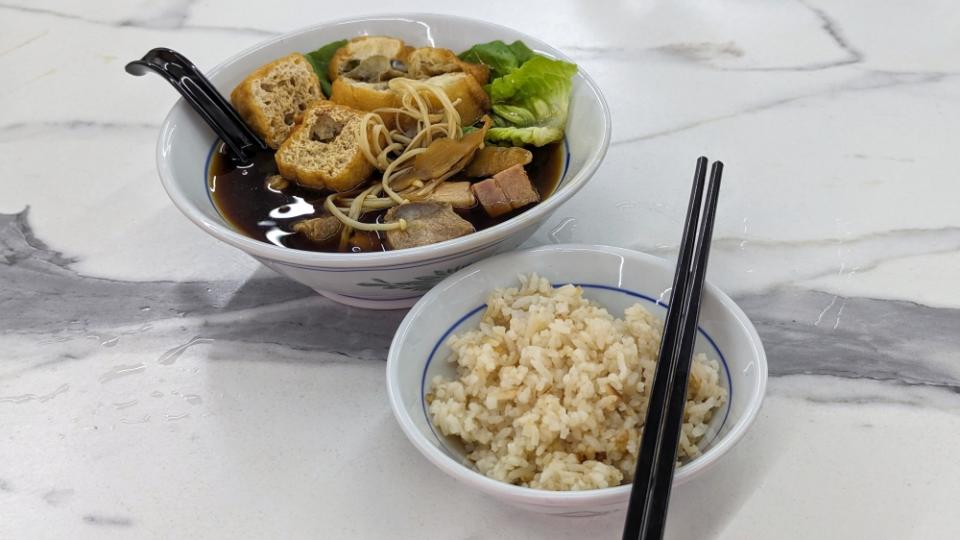
A single portion of bak kut teh.
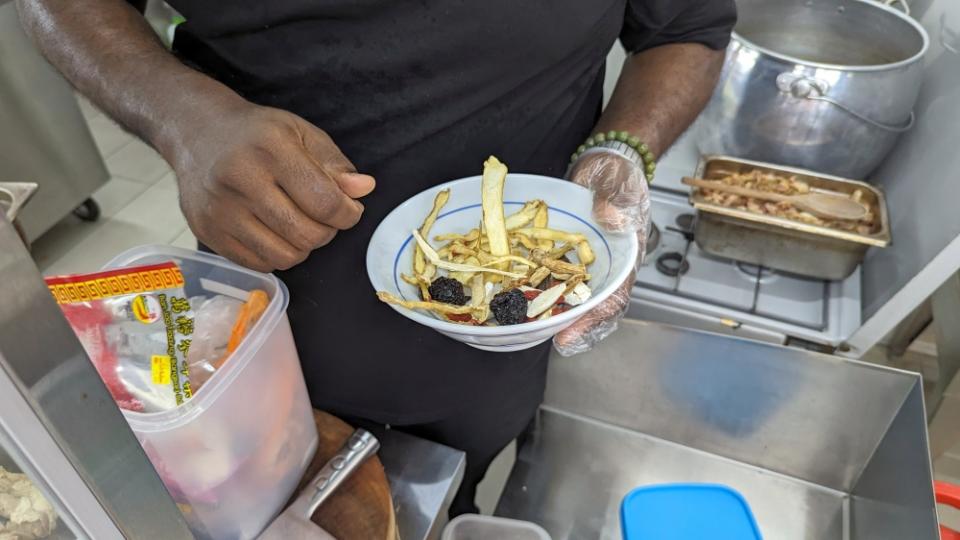
Some of the herbs and ingredients that go into the Lopez’s bak kut teh: Chinese Angelica, Solomon’s seal, black dates and goji berries.
Black garlic definitely made its presence felt, but there was also a light and almost refreshing quality to the soup that made it go down very easily.
While workshopping the blend of traditional Chinese herbs for his soup, Lopez consulted Ban Joo Trading, the traditional Chinese medicine hall just a few doors down from Wurst.
In fact, he is pretty candid about navigating this new venture with plenty of help, especially from a neighbouring stall. "This guy, Siang, helped me a lot, especially with how to operate a stall and deal with customers,” he says. "I come from a restaurant background, while he is second-generation selling wantan mee.”
In some aspects, Lopez’s background in restaurants peeks through. The rice that came with the bak kut teh was very fragrant and possessed a depth beyond mere shallot oil.
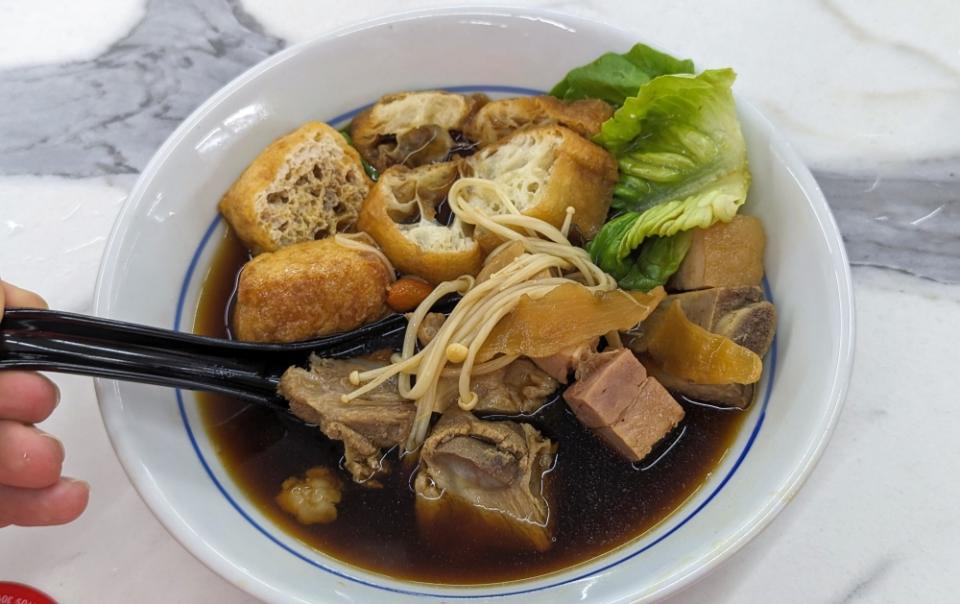
The soup is mostly dark, but not cloudy, which is part of why it has a lighter, subtler flavour.
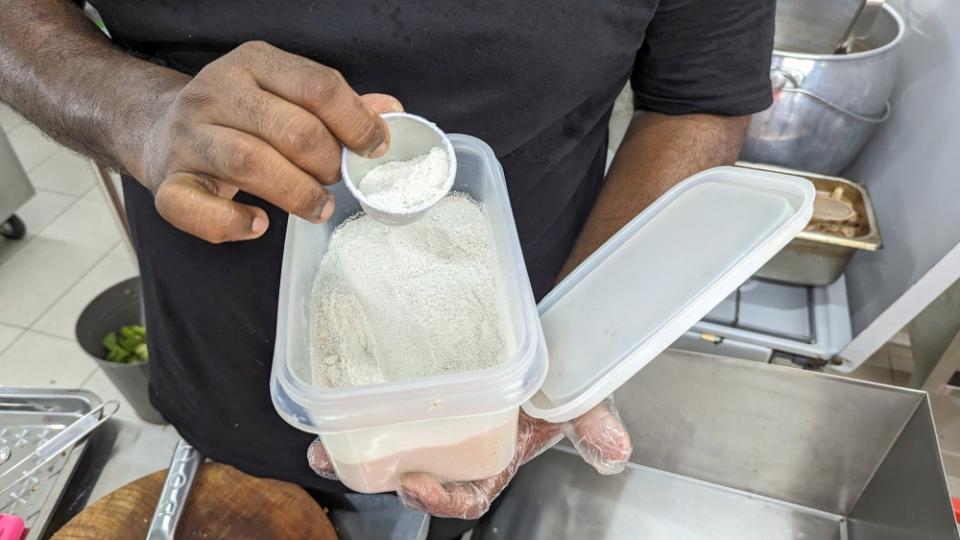
The mixture of Sarawak white pepper, dehydrated garlic and shallot powder that Lopez uses to cook the rice.
He cooks it with a blend of Sarawak white pepper (which features heavily at Wurst), dehydrated garlic and shallot powder, to further boost the flavour on top of fried shallots and shallot oil.
Usually ready only after 10.30 am, the lu rou fan was a luscious, sticky and fatty affair that leaned to the sweet side. Star anise was the dominant spice here, complemented by the rich, caramel-like flavour of dark soy.
Each small bit of pork had a balance of lean meat and fat as opposed to being a mince, which made for a satisfying mouthful in each scoop.
Eventually, we talked about what the early days have been like, and whether we might see more things offered. "I didn’t expect to be so busy so soon,” he says, having sold out of everything on a couple of occasions since starting on May 3.
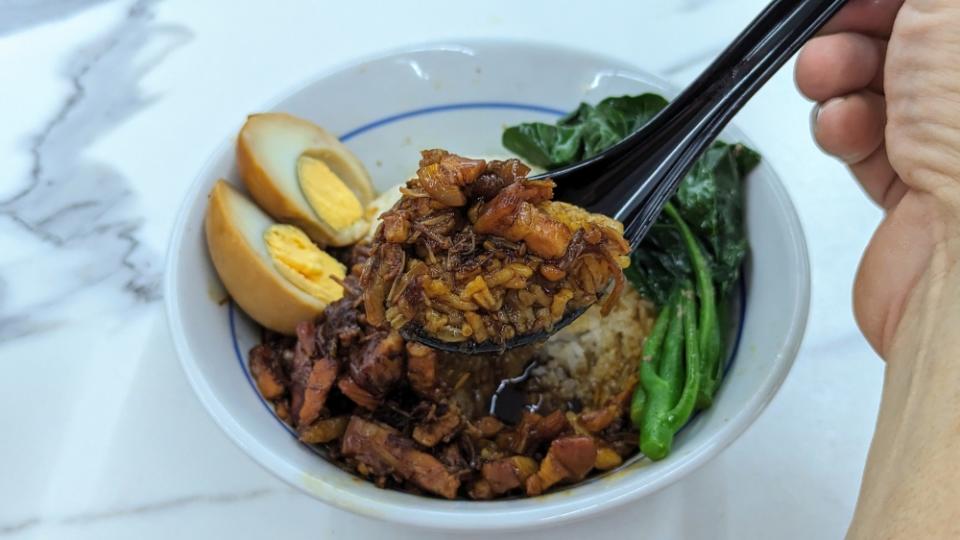
Each spoonful of the lu rou fan is rich and satisfying.

Lopez sees making bak kut teh as something of “a homage to growing up in Klang”.
"Almost all (the diners) come from the local area, and they mentioned that there isn’t really any bak kut teh nearby.” He adds, "I get a lot of requests for certain parts, innards too,” but he isn’t sure when he can accommodate these requests.
"I wanted to start with just standard, one bowl for RM15, slowly and see how it goes.”
Bak Kut Teh Stall in Kopitiam Chun Heong
12, Persiaran Ara Kiri, Bangsar, 59100 Kuala Lumpur, Wilayah Persekutuan Kuala Lumpur
Open Tuesday to Sunday, 8am-2pm.
Instagram: @babikuahhitam
* This is an independent review where the writer paid for the meal.
* Follow us on Instagram @eatdrinkmm for more food gems.



